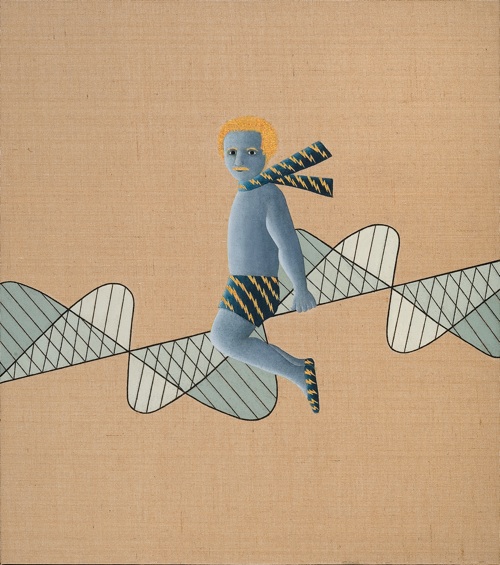In 1905 at the age of 26, Albert Einstein (1879-1955) published five papers that changed our understanding of time, space, matter, energy and virtually the entire physical Universe. One of these papers, the theory of Special Relativity, overthrew Newton’s concepts of absolute time and absolute space and replaced them with the concept of a unified space-time. He was awarded the Nobel Prize in 1921 for another of his 1905 papers explaining the photoelectric effect.
Einstein was the first to realize that the speed of light appears the same to all observers, no matter what the state of their relative motion. Probably the most famous equation of all time, E=mc2, illustrates that energy and matter are equivalent. His 1916 theory of General Relativity, which extends Special Relativity to include gravity and accelerated motions, shows that gravity is equivalent to a curvature in space-time. In the words of John Wheeler, "Matter tells space how to curve, and space tells matter how to move." General Relativity is the basis for much of modern cosmology.
Scientific measurements during a solar eclipse in 1919 confirmed General Relativity and he became an overnight sensation. Einstein remains one of the most famous people in world history. He expressed publicly and repeatedly his views on politics, religion, Zionism and pacifism. He thought of himself as a "deeply religious non-believer."
As a teenager Einstein created one of his famous thought experiments. He tried to imagine what it would be like to ride on an electromagnetic wave. From such musings, the Special Theory of Relativity was born. According to the Theory, nothing can travel at the speed of light, therefore, the scene depicted in the painting is impossible.

